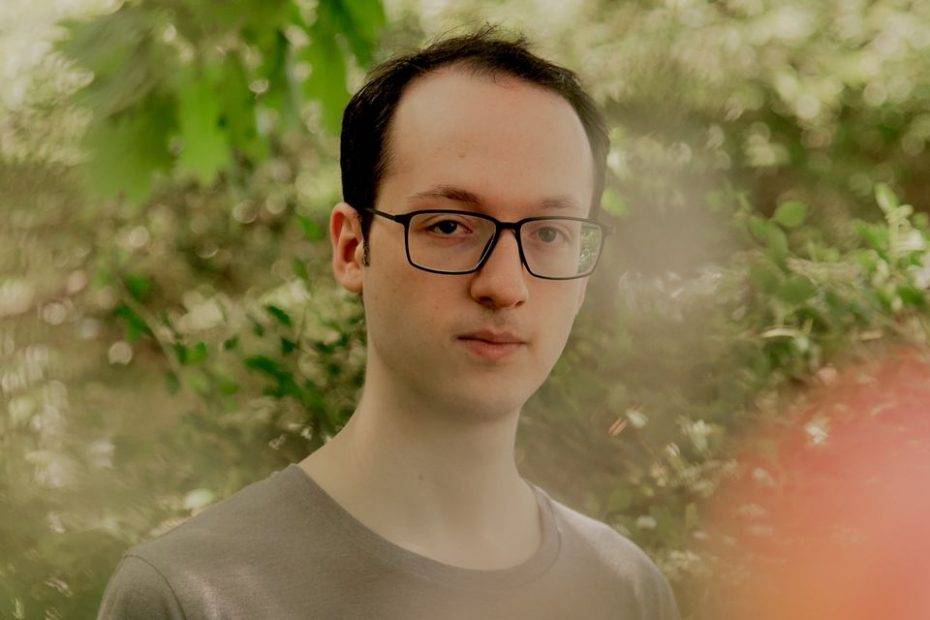Table of Contents
Hayden Adams is the founder of Uniswap, a decentralized cryptocurrency exchange built on Ethereum. Let’s look at the life and career of Hayden Adams, and how he created one of the most popular decentralized exchanges in the world.
Background
Hayden Adams was born on October 21, 1992 in the United States. It is known that he developed an interest in technology and finance at a young age.
Prior to starting Uniswap, he graduated from Stony Brook University with a Bachelor in Engineering in 2016. It was during his time at university that he became interested in the intersection of computer science and finance, which is when he began exploring ways to use technology to improve the traditional world of finance.
His computer science background has led him to publishing research on topics such as decentralized systems and smart contracts.
Adams worked as a software engineer at various tech companies, including Blockstack, Siemens and Consensys.
At Siemens, he used to perform design exploration and engineering simulations for clients in the aerospace and automobile industry but after just working for almost a year he was laid off from his position. This was the darkest time in his life and he explained it in the following manner.
From a perspective of ‘I don’t know what I’m going to do with my life,’ it was scary at the time. I was living at home [in the New York suburbs] for a while.
Hayden Adams on getting laid off from Siemens
However, he is also said to have mentioned later on that ‘it was the best thing that ever happened to him’.
During those dark times, his friend Karl Froersh came in as a ray of light and introduced him to his first crypto-related project on Reddit titled “Let’s run on-chain decentralized exchanges the way we run prediction markets”. It was written by none other than the famous Vitalik Buterin, the founder of the Ethereum Blockchain.
Floresch suggested Adams apply for a grant of $65,000 provided by the Ethereum Foundation. His project, Uniswap, won the grant.
The Creation of Uniswap
In 2018, Adams decided to take the leap and create his own company. He saw an opportunity to use his skills as an engineer to build a decentralized exchange that would allow people to buy and sell a variety of digital assets, including popular cryptocurrencies like Bitcoin and Ethereum.
And so, Uniswap was born. The decentralized exchange quickly gained popularity within the cryptocurrency community, thanks to its use of smart contracts and its decentralized nature.
Smart contracts are self-executing contracts with the terms of the agreement between buyer and seller being directly written into lines of code. These contracts facilitate, verify, and enforce the negotiation or performance of a contract.
The use of smart contracts on Uniswap allows for a more efficient and secure way to buy and sell digital assets. It also eliminates the need for a central authority, making Uniswap a decentralized exchange.
Uniswap’s Success and Future Plans
Since its creation, Uniswap has grown in popularity and is now one of the most widely used decentralized exchanges in the world. In 2020, Uniswap reported that it had processed over $2 billion in trading volume in a single month. The year 2022 was record-breaking for Adams as Uniswap surpassed $1 trillion in total trading volume since its launch in 2018 and $3.9 million users which are still increasing.
Adams has big plans for the future of Uniswap. He wants to continue improving the platform and making it more user-friendly and efficient. He also has plans to expand the types of assets that can be traded on the platform, and to add new features that will make it even more appealing to users.
In an interview with Coindesk, Adams spoke about his vision for the future of Uniswap.
I see Uniswap becoming the go-to platform for anyone looking to buy or sell digital assets in a decentralized way. We’re constantly working on new features and improvements to make the platform more user-friendly and efficient.
Hayden Adams
